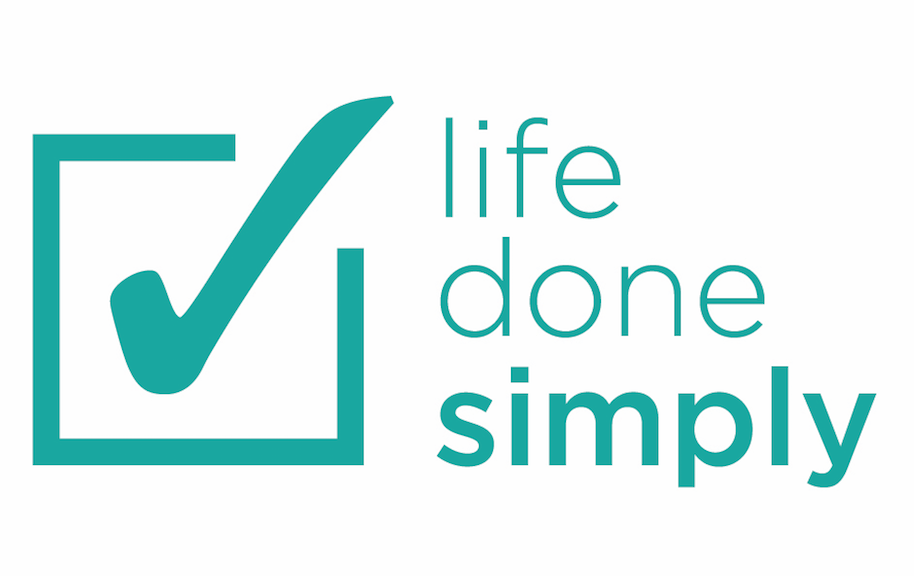Brain Dump: Releasing your thoughts and freeing your mind of clutter
/“Your mind is for having ideas, not holding them.” - David Allen
Most, if not all, of the productivity masters agree—brain dumping is a crucial strategy for developing creative ideas, determining priorities, staying focused, and eliminating negative and unproductive thoughts.
What is brain dumping?
Brain dumping is the practice of writing (yes, writing) everything down that is occupying space in your head—ideas related to work, home, friends/family, health, well-being, education...everything. It's a way to completely clear your mind by capturing what is on your mind.
Why should YOU brain dump?
Our memory has significant limitations. When we ask it to hold dozens of to-do items and ideas, it works overtime and limits our ability to handle new neuro-activity. When we try to remember everything, stress and anxiety begin to accumulate. This can cause us to feel overwhelmed and unmotivated to move forward.
“You cannot generate new ideas until you release the old ones.”
When should you brain dump?
Conducting a daily brain dump can lead to a more productive and stress-free day. If you think you cannot commit to a daily practice, try it when:
You have several thoughts, action items, or project ideas rattling around in your head, and you catch your thoughts bouncing back and forth between them.
You are stuck on a project that has gone stale, and you are feeling uninspired.
You feel like your hair is on fire.
How should you brain dump?
Do not overthink this process. Keep it simple.
Use a pen and paper. It does not matter if that paper is attached to a favorite journal or an old college notebook. The magic is in the practice, not the tool.
Set aside time in a distraction-free zone, where you can spend at least 10-15 minutes with pen and paper.
Morning is preferable, but if you find yourself lying awake in the middle of the night writing mental notes for the following day, a bedtime brain dump will also be beneficial.
Write down everything that comes to mind. You don’t need to categorize your thoughts. You don't need to write them in a particular order.
When your mind feels empty, spend 5 minutes reading and processing what you wrote.
Choose 1–3 priorities that you can focus on and accomplish that day/week. Be mindful of your personal bandwidth!
On a separate piece of paper or in a journal/calendar, write out those priorities, and keep them with you.
When you have completed or moved on from those priorities, conduct another brain dump session.
Why I recommend tossing out your old brain dump and starting new:
Priorities shift, and emotions fluctuate. Just because you considered something a focus yesterday or last week doesn't mean it is a meaningful priority today. Honor where you are today!
This is NOT a to-do list.
I repeat, your brain dump is not a to-do list. It is a simple act of getting thoughts out on paper so you can process them and determine if they are indeed as important as your monkey brain tells you they are. If you try to check off every to-do that comes to mind, you'll spend your life chasing busy work rather than creating and living.
The simple act of prioritizing YOU.
Brain dumping may seem unnecessary, especially when it feels like you don't have enough time to eat or sleep properly. Do not underestimate the power of putting pen to paper. When you clear mental clutter, you open yourself to being more creative and present for those around you.
Aimee Olson of Life Done Simply is a Productivity and Organizing Coach and is a member of the National Association of Productivity & Organizing Professionals (NAPO).



